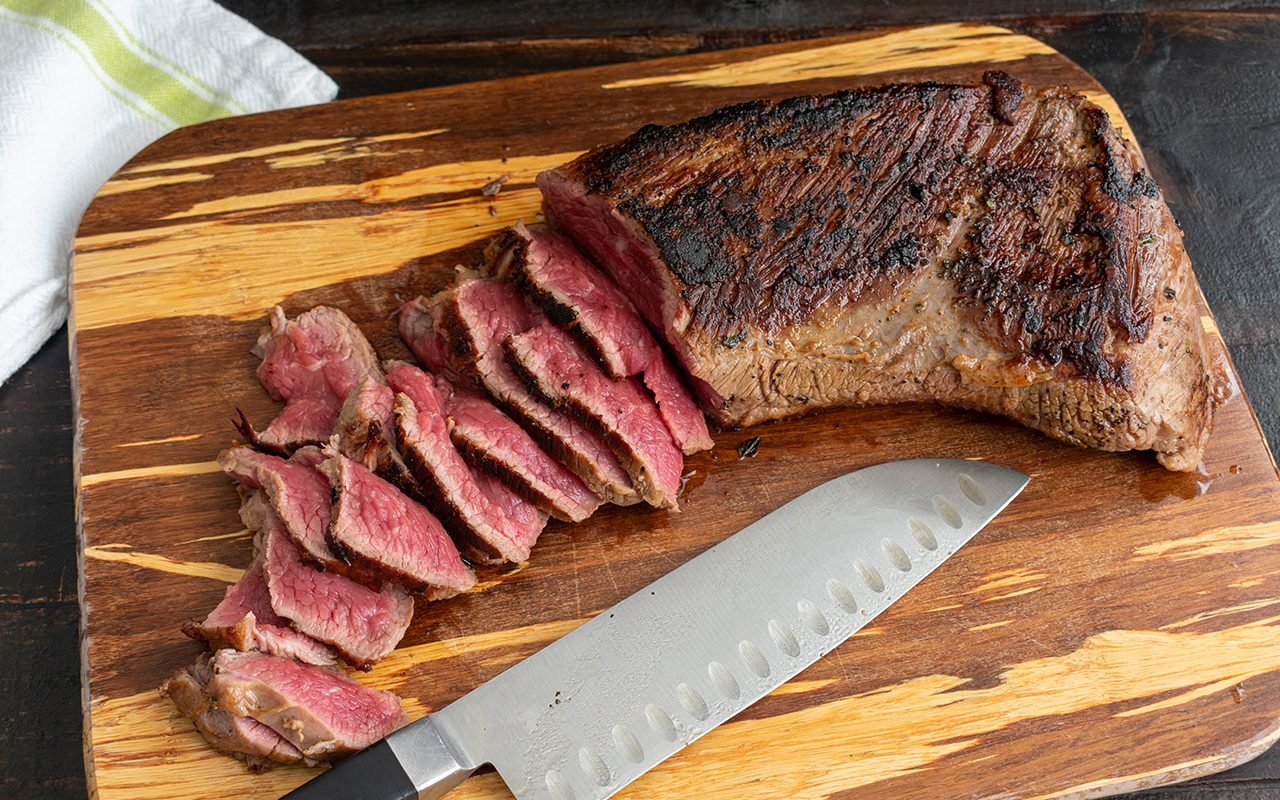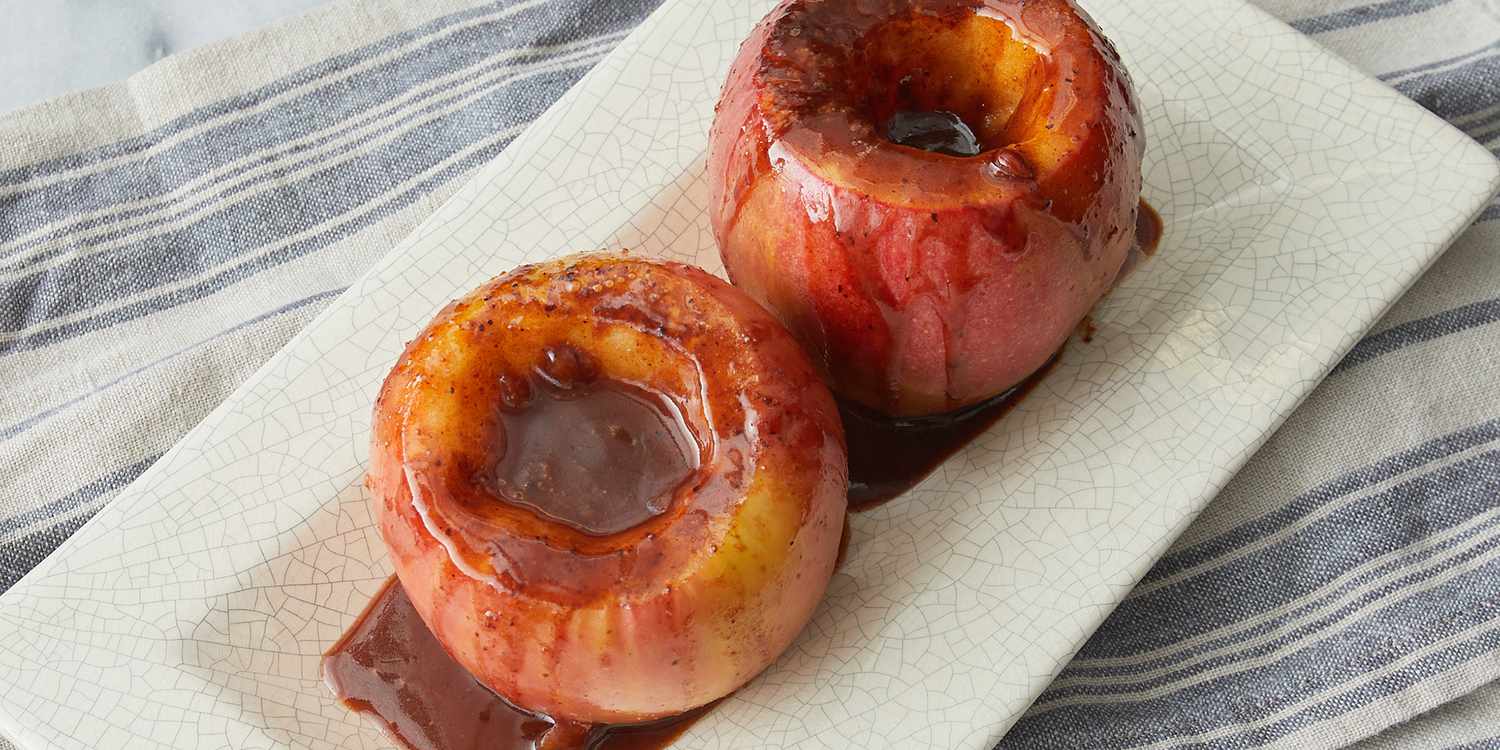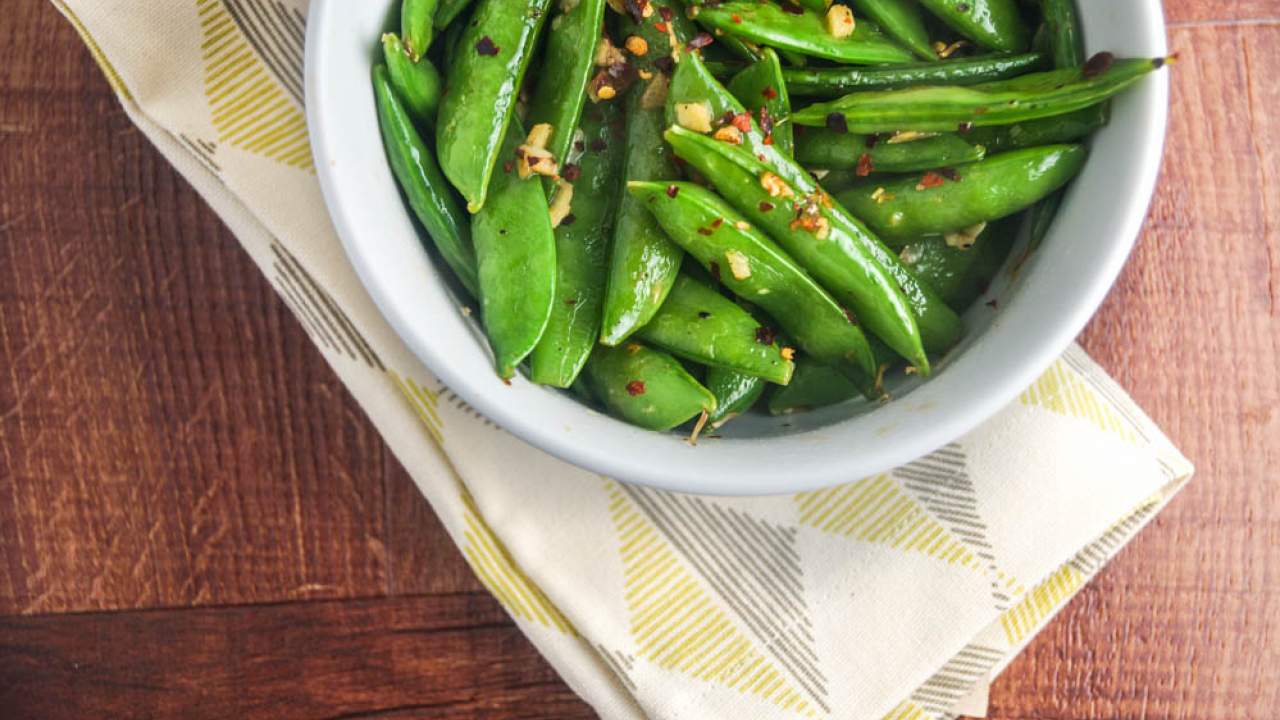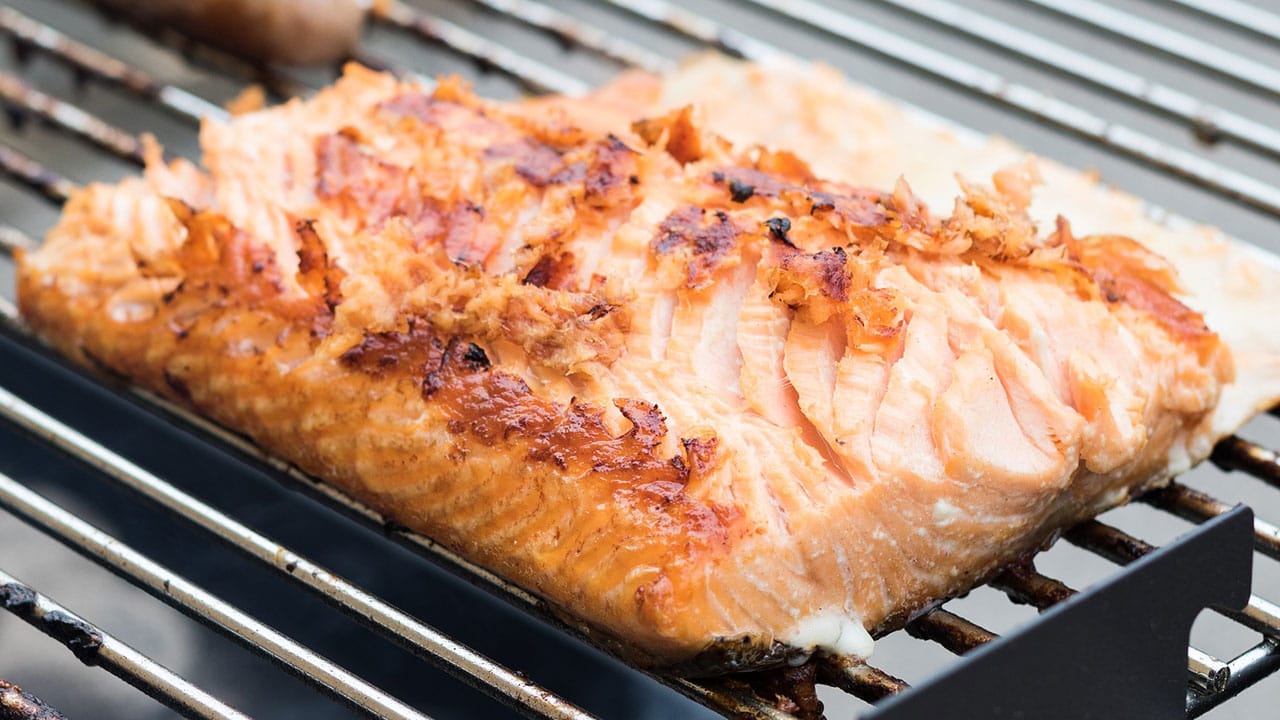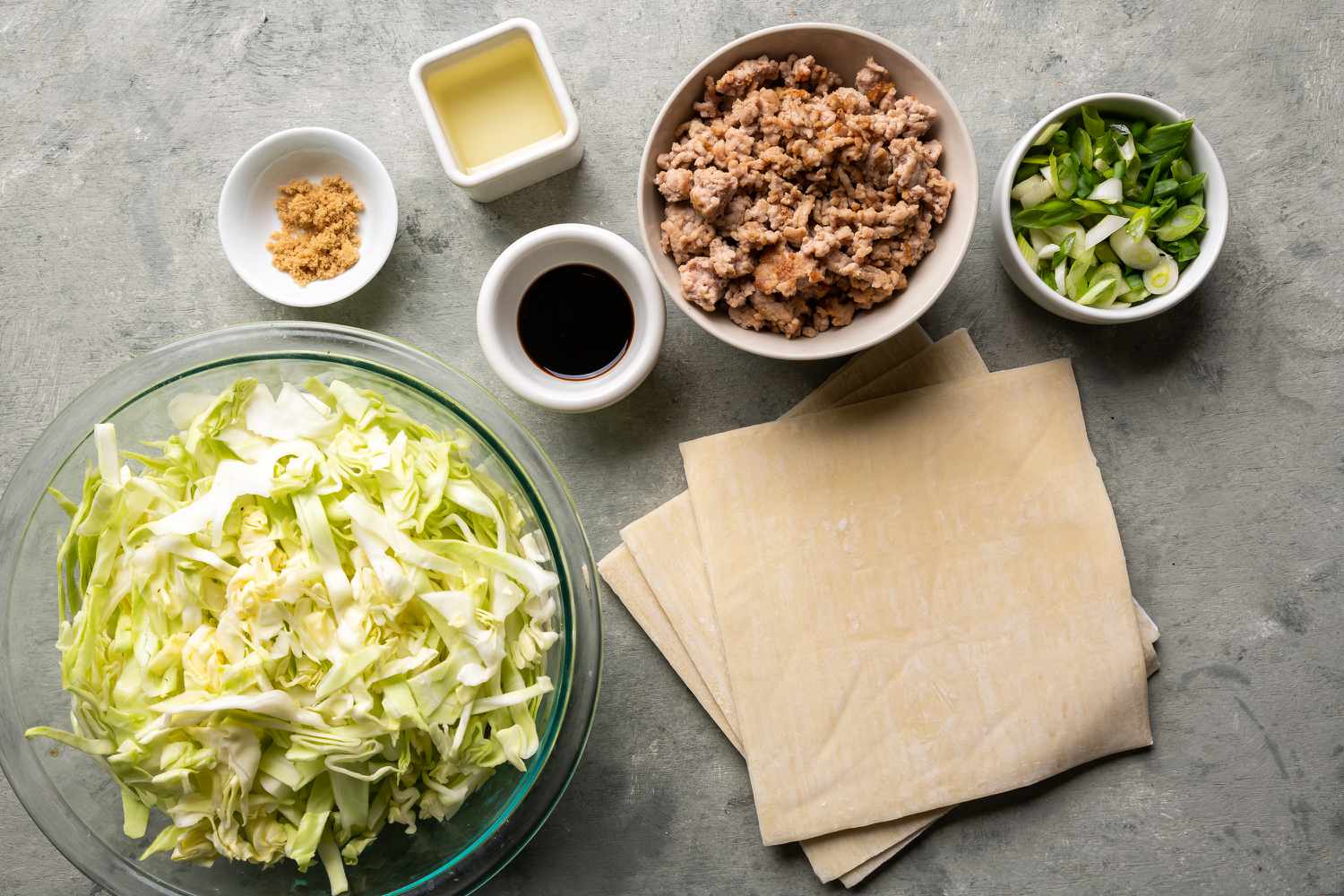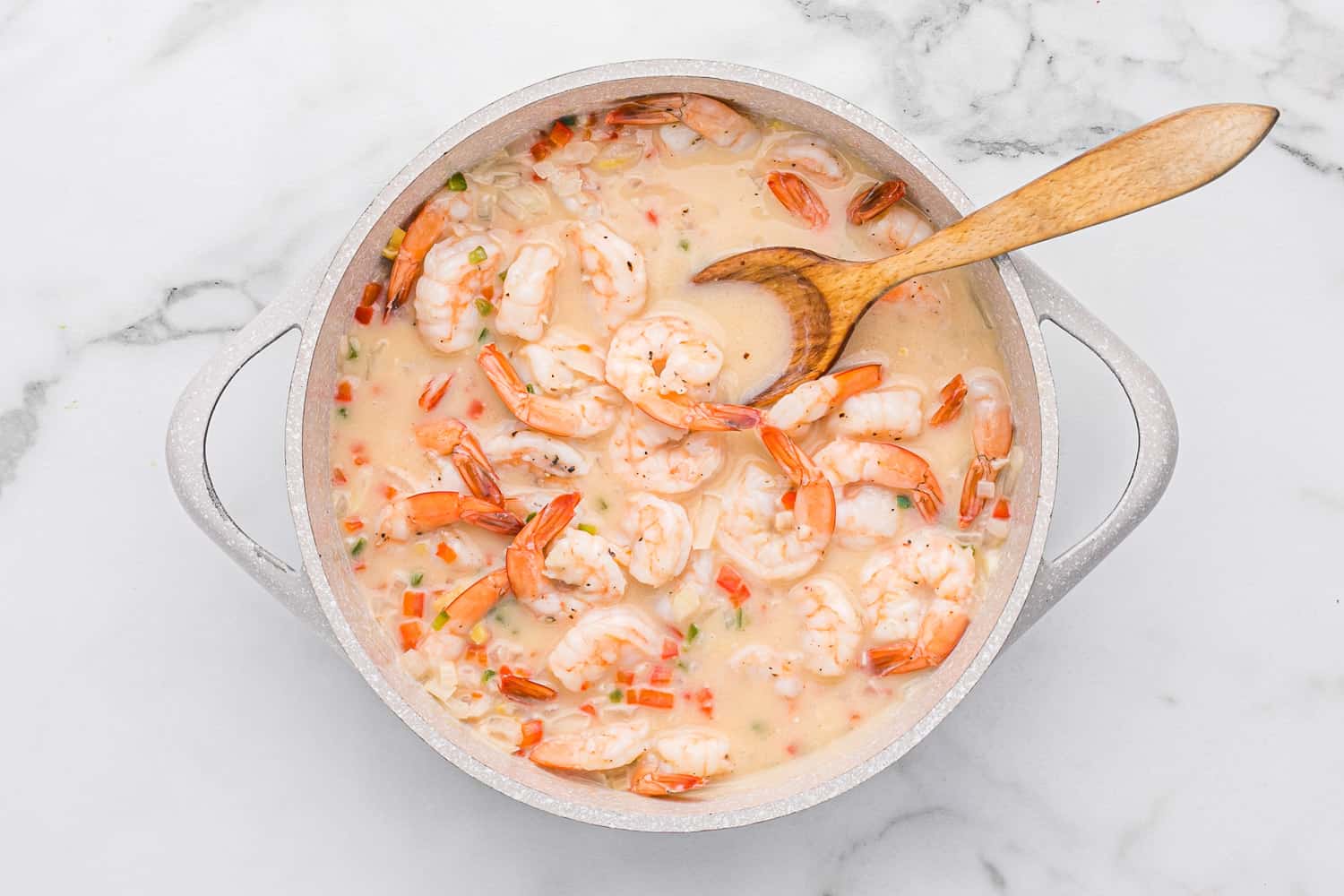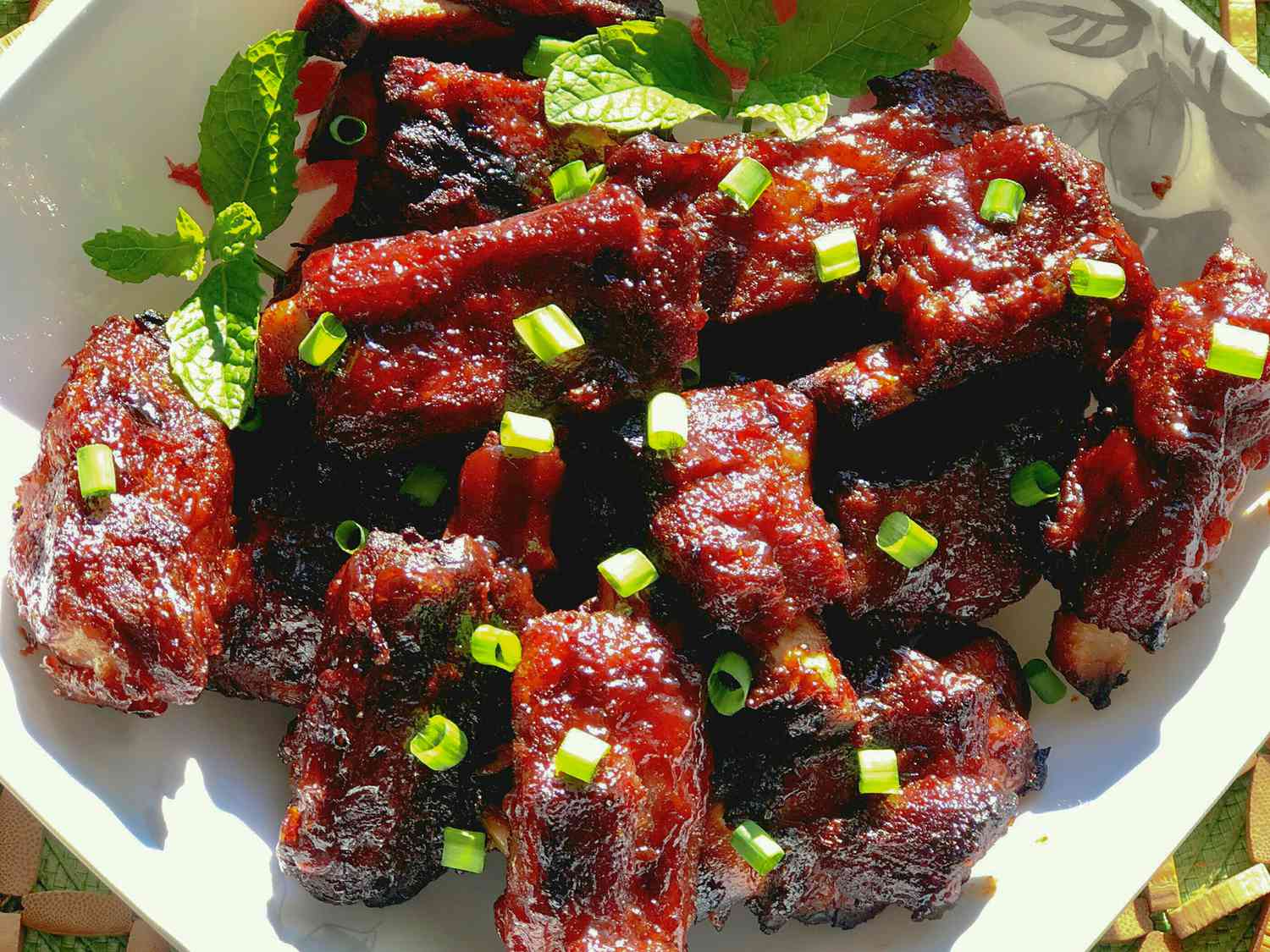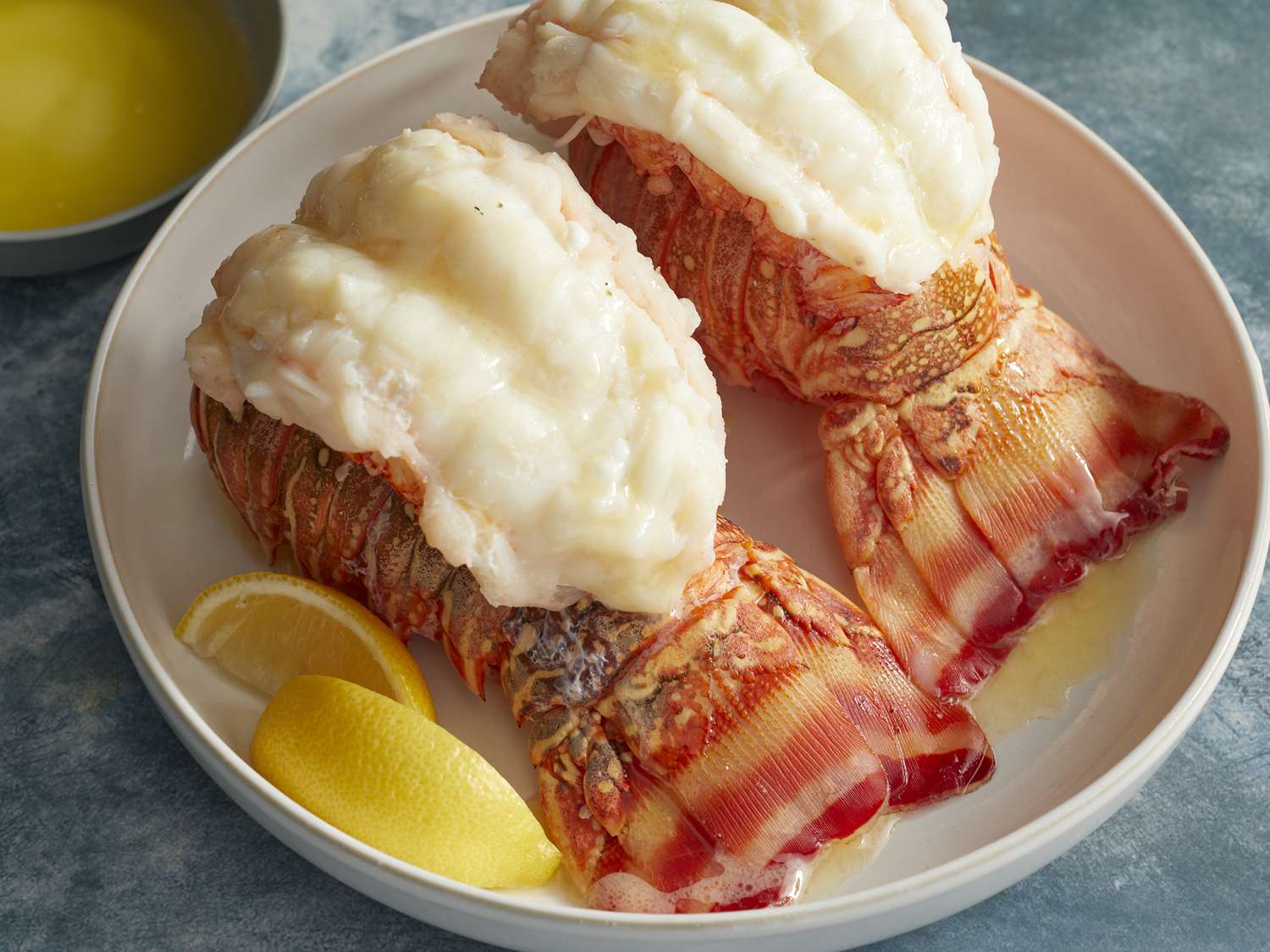Preserving the Green Goodness: Cooking and Freezing Spinach
Spinach, known for its vibrant green color and nutrient-rich profile, is a versatile leafy vegetable that can be enjoyed in a variety of dishes. Whether you want to cook spinach for immediate use or freeze it for future meals, we’ve got you covered with some helpful tips and tricks.
Cooking Spinach:
If you’re looking to add some cooked spinach to your meals, here’s a simple step-by-step guide:
- Prepare the spinach: Start by washing the spinach leaves thoroughly under cold running water to remove any dirt or grit. Trim off the tough stems and discard them.
- Select your cooking method: Spinach can be cooked in various ways, including sautéing, steaming, or boiling. Choose the method that suits your recipe or preference.
- Sautéing: Heat a tablespoon of olive oil or butter in a skillet over medium heat. Add the spinach leaves and cook for a few minutes until they wilt. Season with salt, pepper, and any other desired spices.
- Steaming: Fill a pot with a small amount of water and bring it to a boil. Place the spinach in a steamer basket and position it over the boiling water. Cover the pot and allow the spinach to steam for about 3-5 minutes until wilted.
- Boiling: Bring a pot of water to a rolling boil. Add the spinach and cook for 2-3 minutes. Drain the spinach well and run it under cold water to stop the cooking process.
Once cooked, the spinach can be used in a variety of delicious recipes, such as soups, stews, pasta dishes, or even as a simple side dish.
Freezing Spinach:
If you have an abundance of spinach and want to preserve it for later use, freezing is a great option. Follow these steps to freeze spinach:
- Blanching: Blanching helps retain the color, texture, and nutrients of the spinach. Start by bringing a large pot of water to a boil and prepare an ice bath in a separate bowl. Plunge the spinach into the boiling water for about 2 minutes, then quickly transfer it to the ice bath to cool.
- Drain and squeeze: Once the spinach has cooled, drain it and gently squeeze out any excess water. This step is important to prevent ice crystals from forming during freezing.
- Portion and package: Divide the spinach into desired portion sizes. You can use freezer-safe bags or airtight containers for packaging. Remove any excess air from the bags before sealing.
- Label and freeze: Label the packages with the date and contents, then place them in the freezer. Frozen spinach will generally stay fresh for up to 10-12 months.
When you’re ready to use the frozen spinach, simply thaw it in the refrigerator overnight or use it directly in cooked recipes like casseroles, quiches, or smoothies.
By cooking and freezing spinach, you can enjoy this nutritious green vegetable year-round while minimizing food waste. Whether it’s adding a handful of cooked spinach to your favorite dishes or incorporating frozen spinach into your culinary creations, this leafy powerhouse is a kitchen staple you’ll be glad to have on hand.
So, next time you come across some fresh spinach, remember these tips and make the most of this versatile and nutritious vegetable!
Was this page helpful?
Read Next: How To Cook Freshwater Bass
